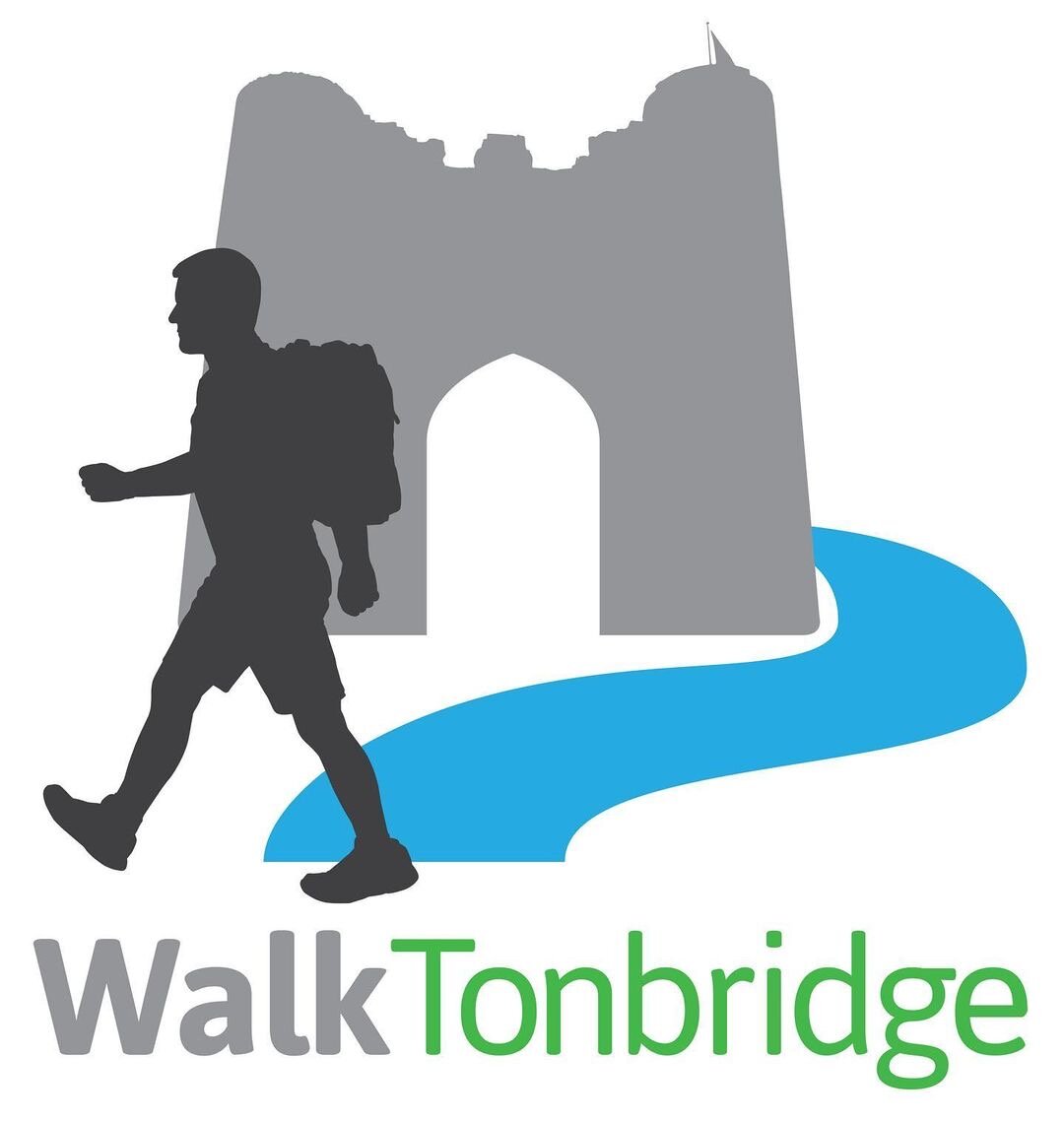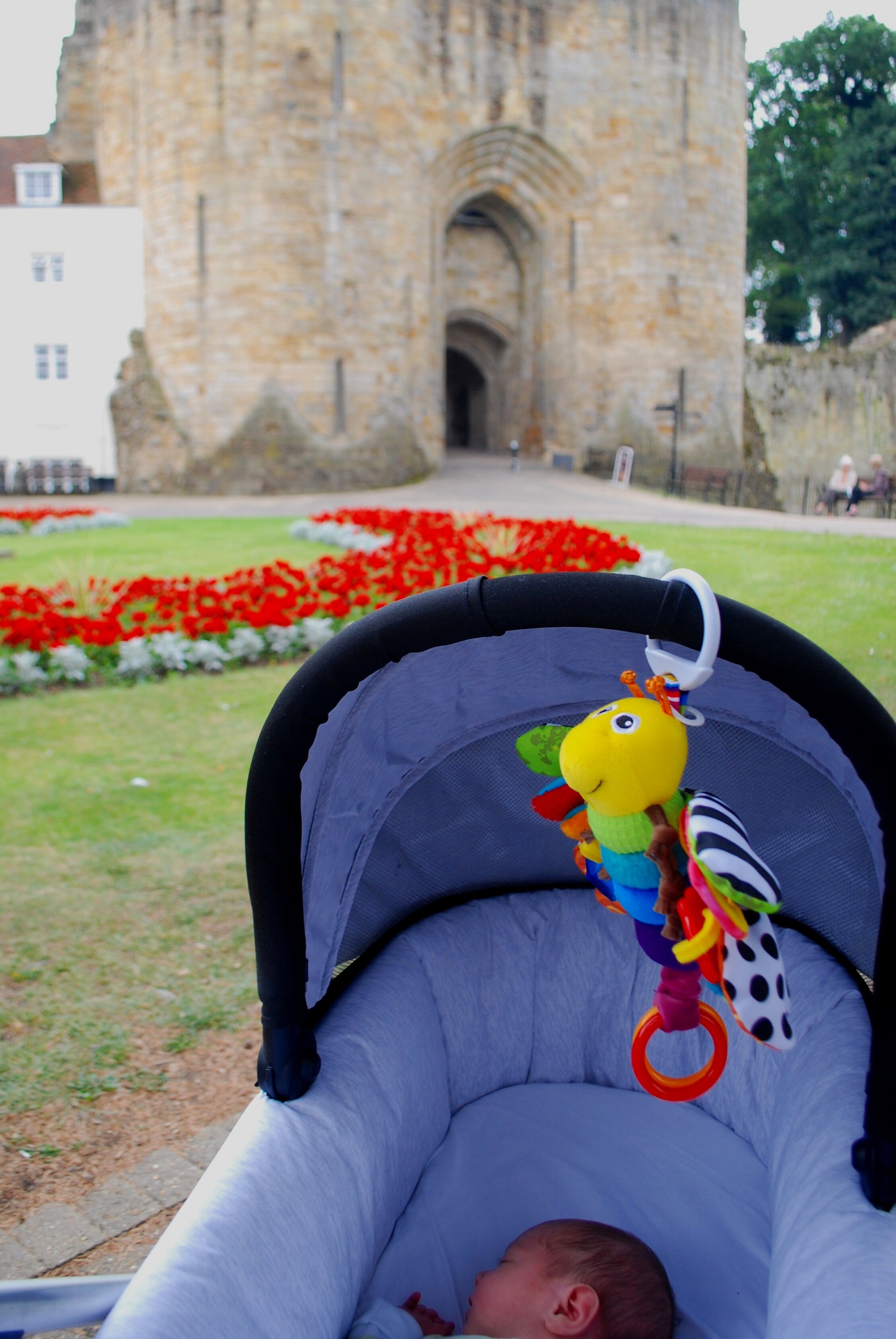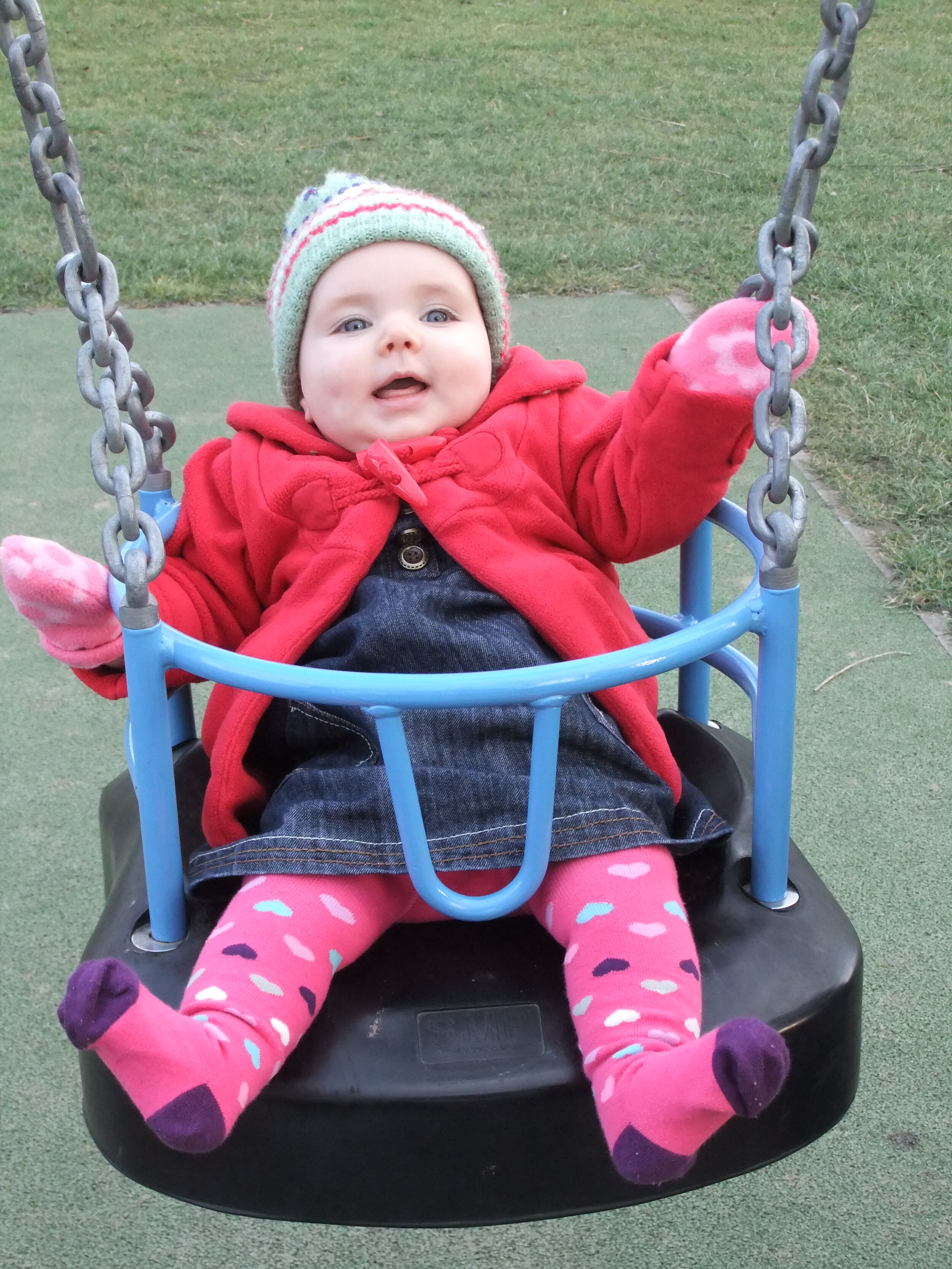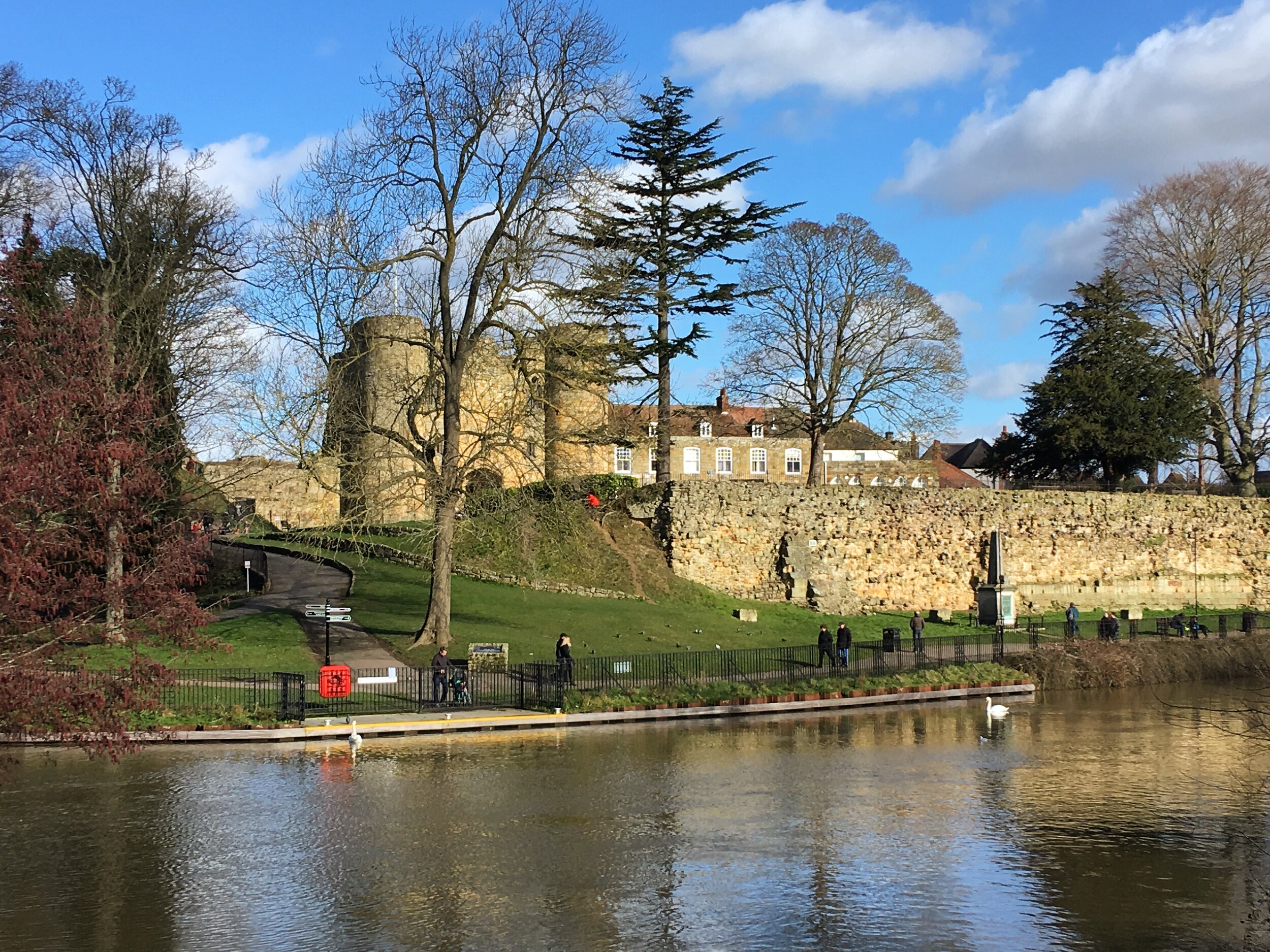Walk 10: Park Life
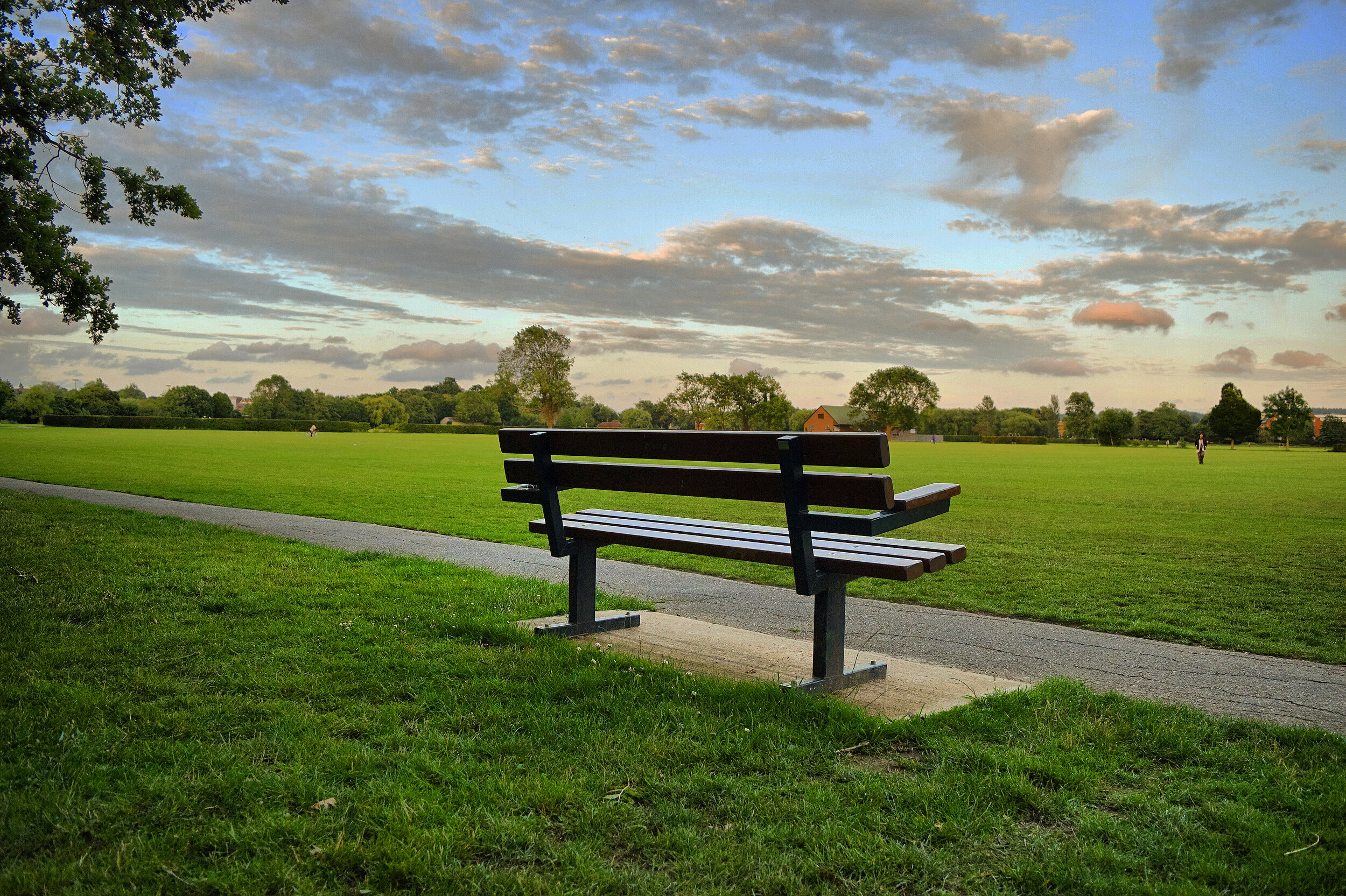
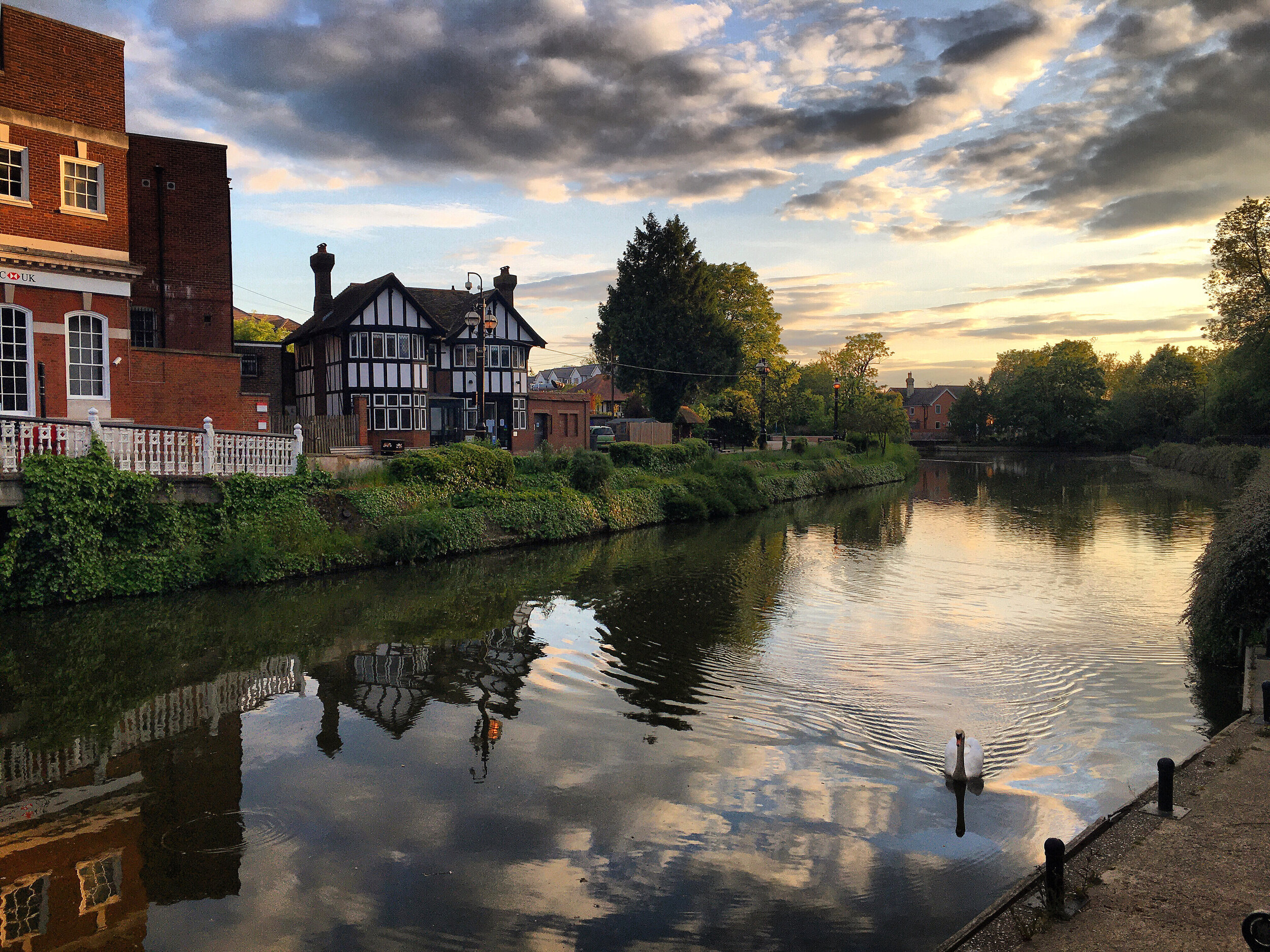
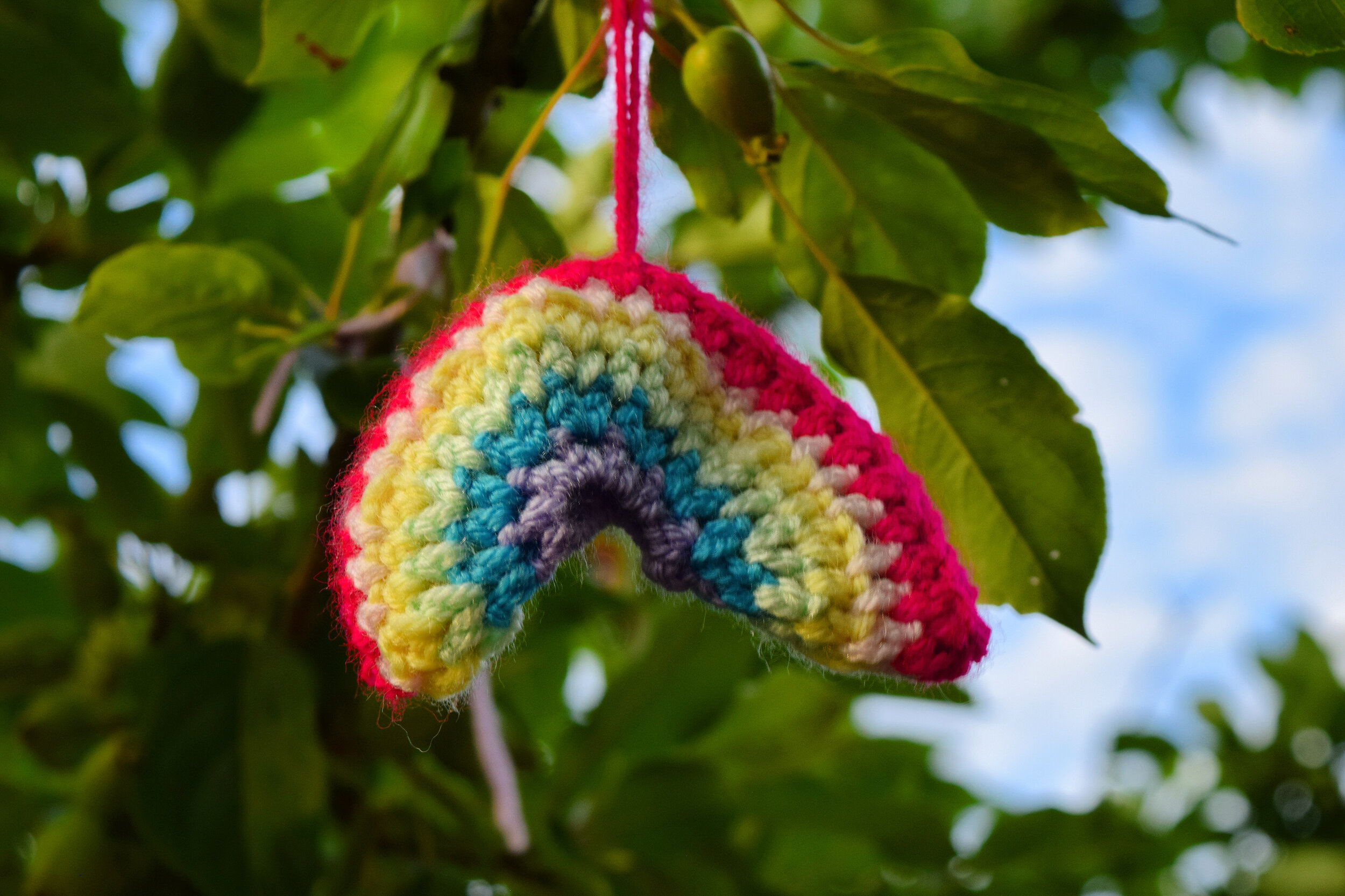
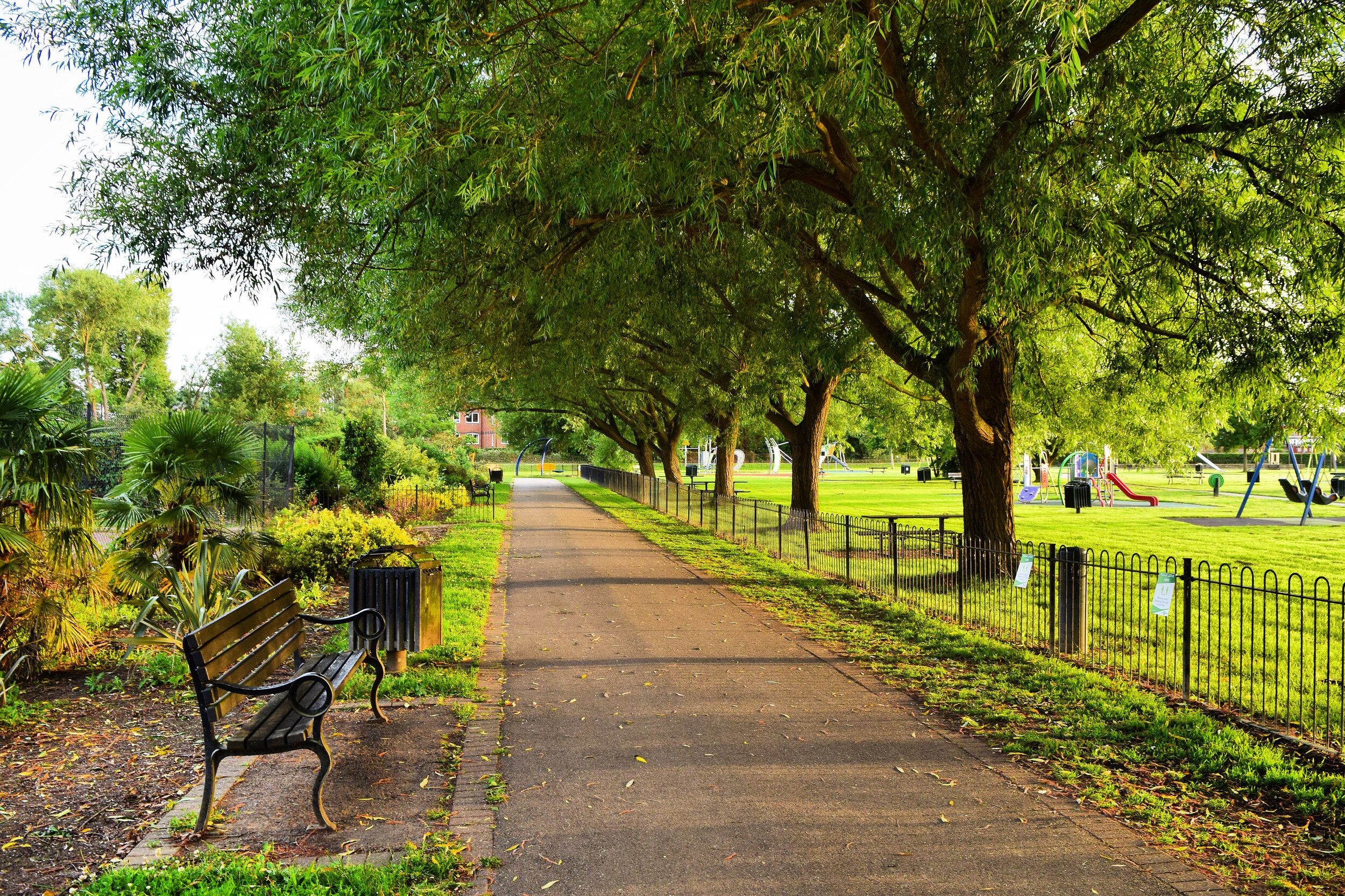
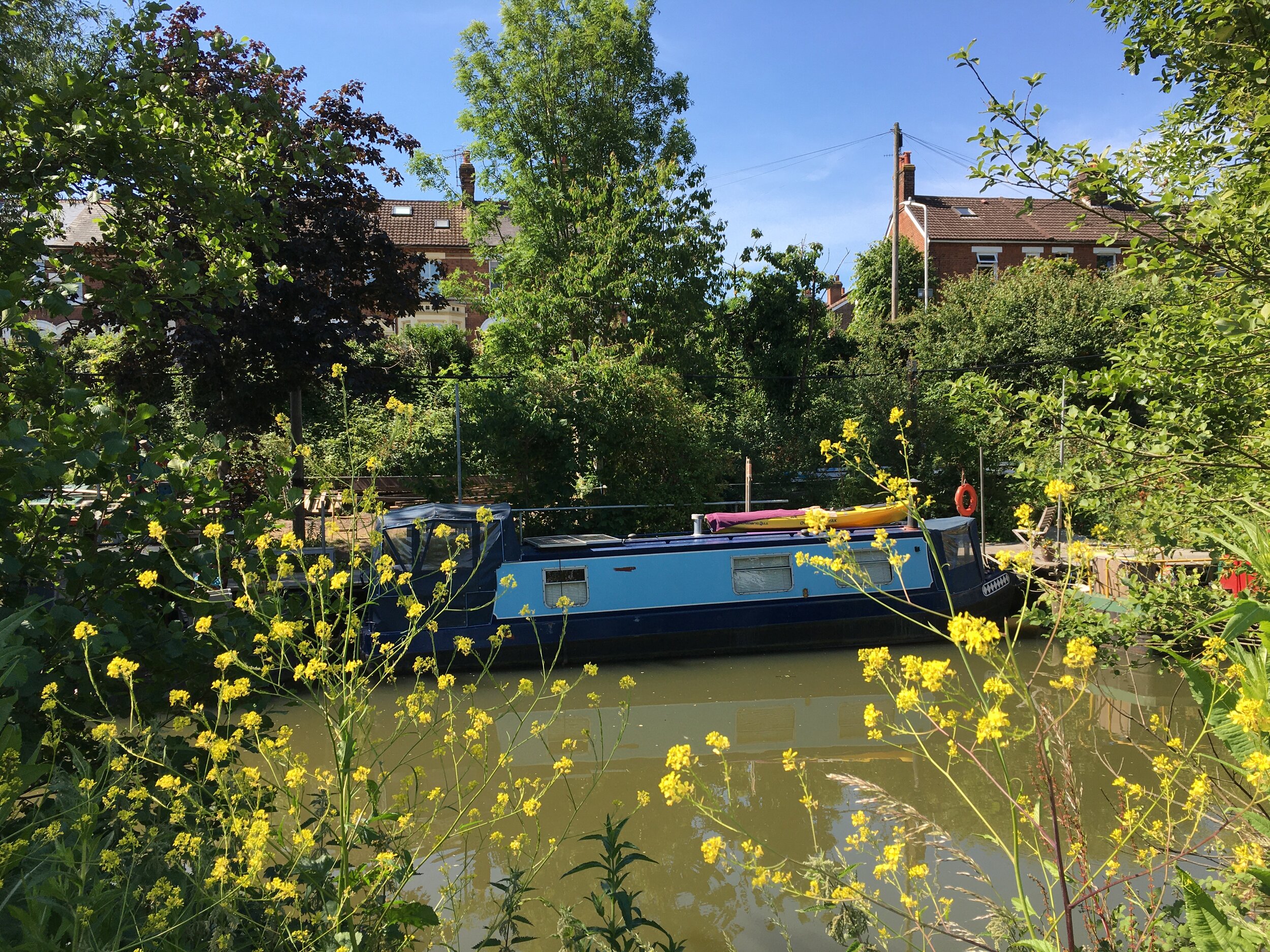
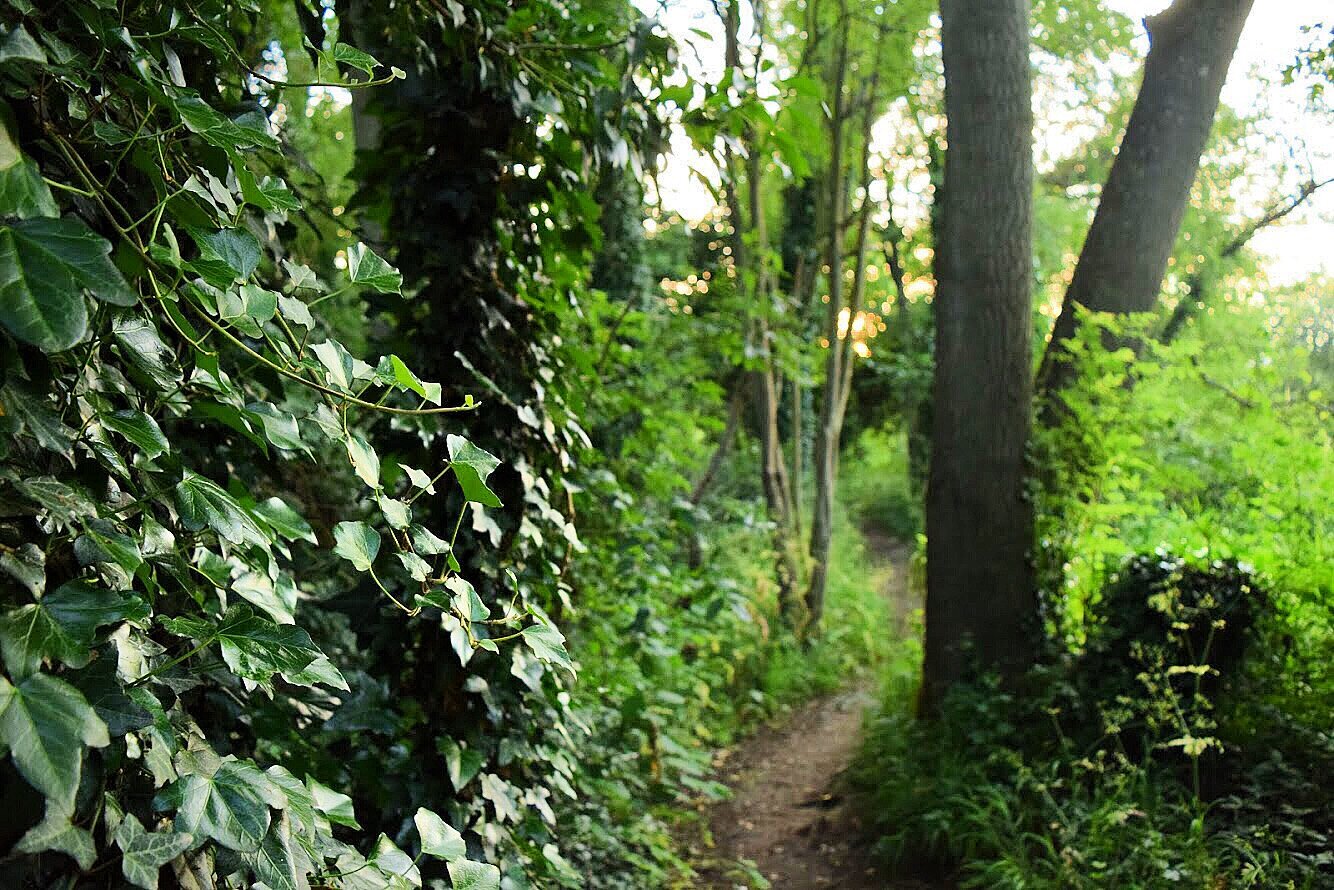
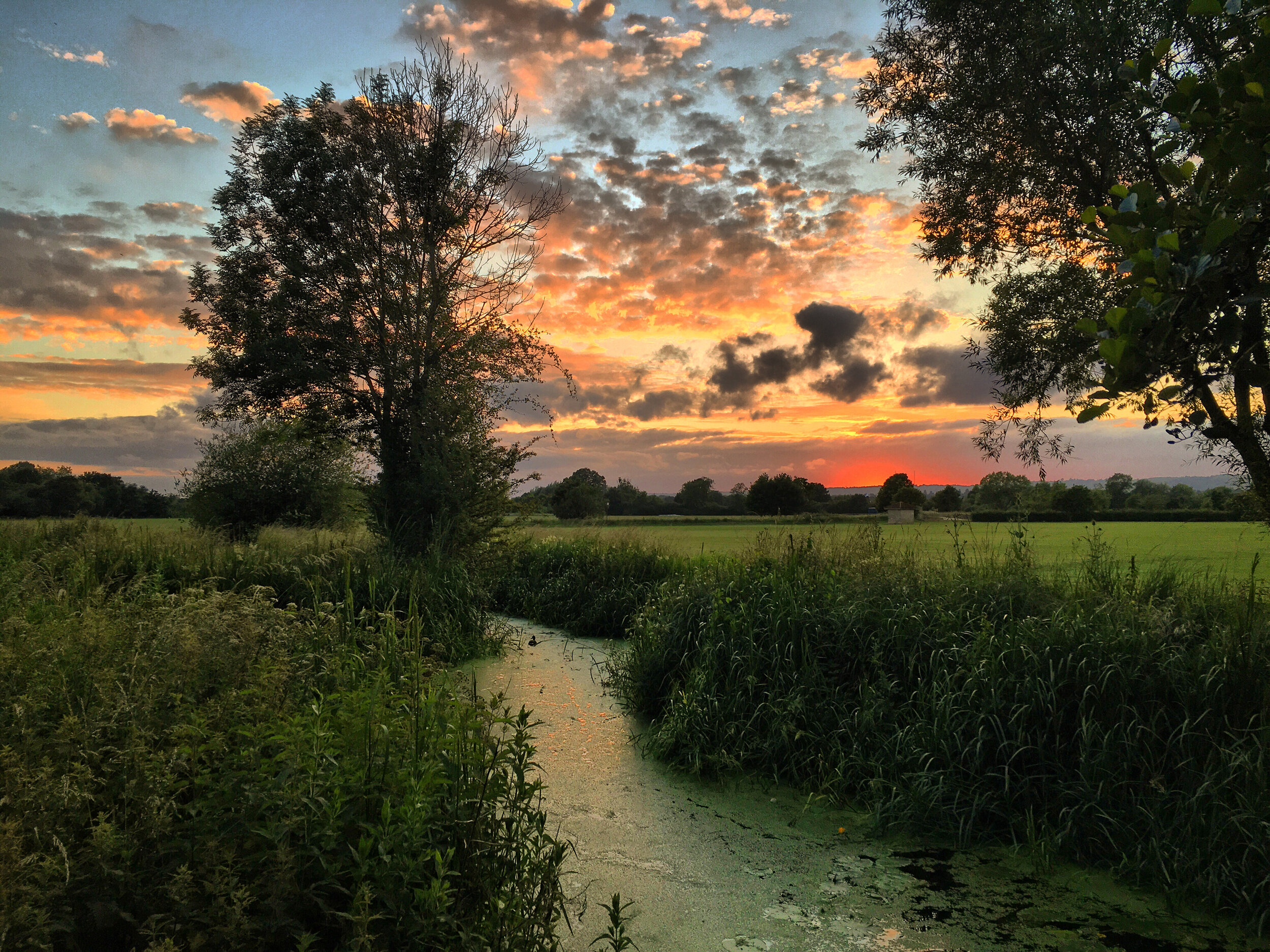
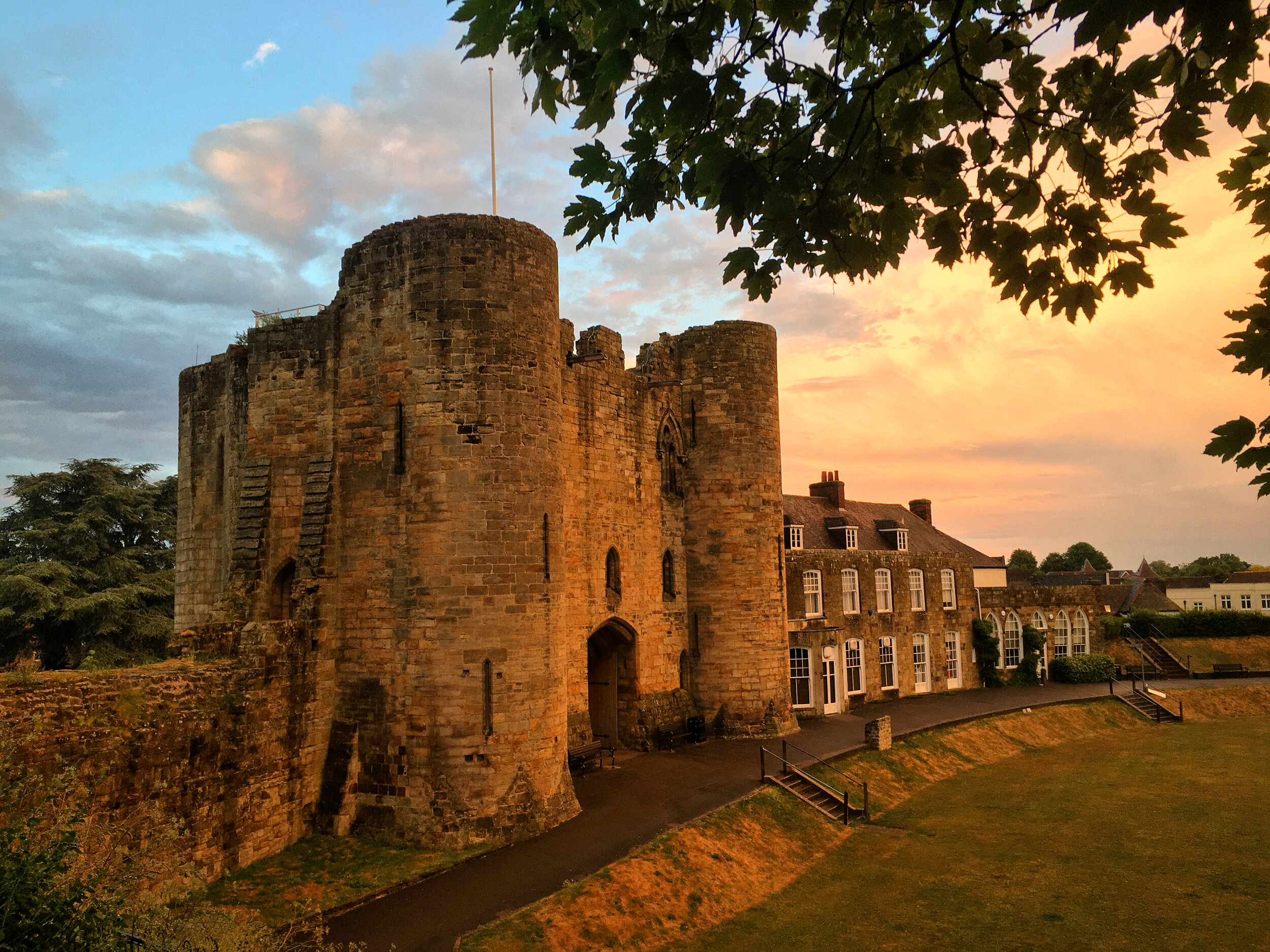
Ten years ago my wife and I ended our love affair with Tunbridge Wells. Swayed by house prices and a shorter commute, we gave up drinks on the Pantiles and walks on the common for life in Tonbridge. I was no stranger to the town, having grown up in nearby Hildenborough, but my for my wife this was uncharted territory. At the time it was fair to say that Tonbridge was still very much the dowdy older sister - well schooled, hard working and early to bed.
The change in pace never had the chance to hit us that hard though, as within a few months of moving to TN9 my wife was pregnant and the following summer our daughter was born, changing life as we knew it forever. During that first year of parenthood, Tonbridge was our world and the park was the pearl in our oyster. Summer afternoons were spent sprawled out on a picnic blanket and by winter she was sitting up and squealing with joy when pushed on the swings.
Nine years later and the town has changed considerably. I’m not sure if it was the baby boom of 2011-2012 and all those coffees with the other new Mums on maternity leave, but what started with The Finch House has snowballed into a town transformed. New cafes, bars, shops and restaurants, have quite literally popped up, along with the brilliant farmers market and a growing number of festivals and leisure activities. Despite this mini renaissance, there is one area of town that has stood still and its all the better for it - Tonbridge Park and the Castle grounds. This walk is a celebration of these gems that have bought so much joy to generations past and present.
To make this familiar walk a little bit more exciting we have put together some ‘bingo cards’ that you can print off and play as you enjoy this route. Spot as many of the objects/animals/activities as possible and see if you get a full house!
Begin your walk at 'Big Bridge'. As long as I've lived here the towns main crossing has always been referred to locally as Big Bridge, but its official name is Great Bridge. The current incarnation dates back to 1888 and was part funded by the Rochester Bridge trust.
Tonbridge has always enjoyed a close relationship with its river, although numerous floods have sometimes put this to the test. The town was first established itself in 1066 when a castle was built here by Normans to guard this strategic river crossing. When the Medway became navigable in the 18th century, Tonbridge began to flourish. Trade boomed and the town grew quickly off the back of the profits being generated from the wharves that along sat on the East Side of the bridge. These days the river is strictly used for leisure, including the fantastic cruises operated by Tonbridge River Trips.
Big Bridge in summer
Head South across the water, and then turn right into River Walk. Make time to admire the colourful knitted handiwork that decorates the tree on your right. Since lockdown began these little rainbows and birds have added even more cheer to this beautiful stretch of the river.
At the end of River Walk turn right onto New Wharf Road, pausing on the bridge to take in the view. This is best in winter and Spring before the leaves obscure the castle, but there is always something happening on the water. The annual dragon boat races draw in the crowds every September, and in November this is a prime viewing spot for the fireworks which conclude the town's Christmas festival. Both events are organised by the Tonbridge Lions Club, a branch of the international charitable organisation. The Tonbridge Lions were the first branch to be established in the UK and date back to 1949, since then they have raised hundreds of thousands for Tonbridge causes.
Castle Walk in winter
To your right you will see Tonbridge canoe club. They meet weekly, all year round, paddling at both day and night. Not only does the club offer an entry point for beginners looking to learn to kayak, it also hosts the annual Medway Marathon - a gruelling 18 mile paddle from Allington to Tonbridge that involves portaging nine locks en route. The current record is just under 2 hours and dates back to 1990.
Turn left through the big set of gates and enter what I call the park. Depending on your age or your Tonbridge pedigree you may call this the sports ground or by its official name 'The Racecourse sports ground'.
The Racecourse Sportsground / Park depending on your preference…
The names' origins date back to 1851 when the racecourse at Tunbridge Wells (on the common if you were wondering!) had just closed and the horses came to Tonbridge. The sound of thundering hooves and the roar of the racegoers would have reverberated round the park as the jockeys raced along the mile and a quarter track. The inaugural race was The Tonbridge Plate, won by a brown filly named Manilla. It was a good day for the horse's owner Mr Drew, as he also went on to scoop the Ladies Cup, with another horse called Pussy. The heady mix of gambling and alcohol did not always end well though and after 23 years of racing the course was closed. You can read more about its history here.
As you continue through the park you will notice the imposing pump house on your left. Prior to the construction of the waterworks in 1852, the Tonbridge public relied on two wells to supply their drinking water. One at The Town Hall (this was located near Castle Street until 1901) and a second at Cage Green. If you lived in the centre of town you would have most likely taken your water from the Medway at Little Bridge. As if this wasn't grim enough you also have to realise that at the time, five of the towns sewers emptied directly into the river, along with a number of privies which flowed into the connecting streams and ditches.
To begin with the water works only supplied 176 houses, so cholera remained a very real threat. There were three recorded outbreaks of the disease in the town - the worst of which claimed the lives of 140 people. You can read about this dark period here .
Tonbridge Waterworks pumphouse
When the racing ended in 1874, the turf was rented out by the waterworks for sheep grazing, but sporty locals continued using the area for their kickabouts and recreation. A newspaper clipping from 1890 describes the annual Easter sports day that took place here. In addition to five hours of racing (that ended by candlelight), 'many scores of men and maidens found pleasure in kiss-in-the-ring, while some preferred tripping the light fantastic' to the strains of a brass band. Those Victorians were a saucy bunch!
By 1920 the Tonbridge Sports association had been formed with a view to managing the sporting activities taking place. Three years later 'The Racecourse meadows' were bought by Tonbridge Urban District Council and the 'Racecourse Sportsground' was born.
The Christmas floods, 2019 - another year when our special relationship with the river was put to the test.
Sport continues to thrive in the park, under the management of TMBC. There are currently 23 football pitches, 12 rugby pitches, a baseball field, bowling green, tennis courts, skate park, table tennis tables, a basketball court, an outdoor gym and of course crazy golf.
In the summer months the pitches are normally scattered with picnicking friends and families. Since August 2016 these have hosted Tonbridge Calling, a fabulous free festival featuring live music, dance and poetry, supplemented by local food and drink. The initial event was intended to promote tolerance and diversity, whilst bringing the community together. Anyone who has attended this great day out is sure to agree that it worked - although newcomers may be disappointed by the absence of kiss-in-the ring.
Tonbridge Calling, summer 2018
As you pass by the playground you may want to stop for some refreshments from the Mocha Fella Chuggafella van. Their little mobile coffee shop has been a Tonbridge institution for some years now, serving drinks and ice creams with a smile and a warm welcome. The playground might be shut for the meantime but they are open for business!
Turn right at the end of the playground and continue round the edge of the park. As you walk along the river you will see the Barden area of Tonbridge on your left. It's name dates back to the 1300's and the time of Edward III when this area formed part of a Manor owned by the Barden family. The Bardens only held possession of the manor for under 100 years but the name lives on today. The houses and shop you can see from the river date back to Victorian times, but the houses further down at Barden Park came a little later. Barden Park was once a large mansion and estate, but was demolished around 1920 to build the current housing estate. Modern day Barden is a tight knit community, you can view their web page and read more of the history of this area here.
Barden Road, Tonbridge
Keep going along the river and you will see a cluster of house boats moored along the opposite bank. These colourful floating homes have been a feature on this stretch of water for many years, brightening up many a walk and paddle.
After the last bench on your left, you have the option of leaving the path and exploring Tinkers Island. This is a little nature reserve on the edge of the park that has been purposely left to its own devices, creating a natural haven for wildlife. If you follow the muddy path through the woods you will encounter little bridges, blackberry bushes, dens and a view across the water to the railway bridge. It's a fun place to explore, but make sure little ones are accompanied. If you are with a buggy or in a wheelchair it is best to stay on the concrete path as access can be tricky here- continue round the path and you will see a stack of logs and a fallen tree. This is where the above detour re-joins the main path.
Tonbridge Boat Yard
In the summer of 1944 Tinkers Island was the scene of a devastating incident that saw a V1 missile crash land here, taking the life of a young boy and seriously injuring his friend. With the Allies advancing into France after D-Day, Hitler had panicked and resorted to terror. V stood for vengeance and the aptly names flying bombs, were launched at random towards London with the intent of creating as much fear and damage as possible, in an attempt to undermine the morale of the British people. A total of 12 doodlebugs landed around Tonbridge during the war, causing significant damage and injuries but fortunately only claiming one life.
On 12 July an incoming missile was shot down by a Spitfire forcing it to crash land near this part of the park. The actions of the pilot potentially saved hundreds of lives, but were sadly not enough to prevent the death of 12 year old Michael Osbourne who was struck by shrapnel from the explosion. His ten year old cousin Rodney who he was playing with at the time, was also seriously injured but survived to tell the tale. You can read more about this tragic story here.
Tinkers Island, Tonbridge Park
Turn left over the next bridge, looking back for a panoramic view of the park and South Tonbridge, then continue along the path. If you look carefully in the hedge you will see a series of metal markers signifying the boundary of Brightfriars Meadow, one of the former Town Lands of Tonbridge.
Since 1571 the Town Lands have been registered as a charity, managed by the Town Wardens. Traditionally they rented out pieces of land (including this one) to raise funds for the maintenance of the then five High Street bridges, except Big Bridge which was the responsibility of the Lord of Tonbridge.
The last of the Town Lands was sold in 1950 but the Wardens still continue their charitable work to date. The money raised from selling these was invested and the interest from this continues to fund projects which benefit Tonbridge. Look to your right and you will see an information panel that they have funded!
The wild side of the park…
Turn right at the T-junction and then continue straight ahead, staying on the path to your left. The path on your right doubles as a cycle route to Penshurst. Across the stream t you can make out Hawden Oasts and the fringes of Hildenborough.
On Saturday mornings this path forms part of the weekly Tonbridge Parkrun a 5km run out to Haysden Park and back. Prior to lockdown an average of 405 runners took part each week, manned by a small army of volunteers. Since the event began in 2013, it has had over 13,000 entrants take part. Parkrun puts an emphasis on enjoyment and community, so whatever your running ability you can be sure of a warm welcome when the runs restart.
Lily Pads in the Hilden Brook
Stay on the left hand path and follow this along the stream. This section of the park is another oasis for wildlife. In Spring you will sometimes see frogspawn and tadpoles bobbing about in the stream and by summer dragonflies will be hovering above the reeds and the lily pads will be in full bloom.
Just over the hedge on your right is the home ground of The Tonbridge Juddians. The club takes the name from the towns two original rugby clubs which merged in 1999. Tonbridge Rugby club was the elder and formed in 1904, whereas The Old Juddians weren't established until 1928. The OJ's took their name from the former pupils of Judd school that went onto play for them. Despite a rough patch in the early years, the merged club has gone from strength to strength. At the time of writing this they had just been promoted to National 1, the third tier of English Rugby. They also boast a league topping ladies side and a growing juniors section. Sporting triumphs aside, the club also host a well attended summer and winter beer festival.
The Tonbridge Juddians Rugby Pitch, with the Margaret Borle baseball field in the distance
The TJ's aren't the only success story though. In the shadow of their clubhouse you will see Borley field, home to Tonbridge Baseball club. The diamond shaped pitch takes its name from the club founder Mrs Margaret Borley MBE. Her family established the Tonbridge Bob Cats in 1982 after a holiday to the USA. Desperate to play ball locally, her sons persuaded her to apply her experience as a hockey coach to baseball. The club went onto become one of the best sides in the UK, winning a number of youth championships, before morphing into the current adult club. During her 30 years of service she was credited with training a number of British players that went onto represent their country in the baseball world cup. Mrs Borley was awarded her MBE for services to sport in 2007 and was later awarded a place in the Baseball Hall of Fame. Mrs B opened the new field in 2018 and is currently the clubs president. They continue to welcome new players regardless of your experience, so if you fancy ‘playing ball’ then you can read more here.
At the end of the path cross the entrance to the car park with care and join the pavement, walking past the model railway. The Tonbridge Model Engineering society have been based on this site since 1951 and have been delighting children ever since. I suspect my secret love of trains was fuelled by rides on this railway as a boy. The intoxicating smell of little coal engines and the hiss of steam was something that I couldn't wait to share with my own children as soon as they were old enough to ride the rails. I’m dreading the day they are too old to want to whizz around these little tracks!
Tonbridge Miniature Railway…
Another part of the park that takes me back to childhood summers is Tonbridge Swimming Pool. Growing up in the 80's and early 90's, swimming in Tonbridge was purely a seasonal pursuit. Once you had queued up to get through the clunking turnstiles, you could lay out a towel on the huge lawn and then spend the afternoon by the pool.
When the pool first opened in July 1910, it was the UK's first heated outdoor pool. The 'heating' was as dubious as some of the early pool rules. At the time the entrance fee you paid dictated which part of the pool you could swim in and where you could change. In 1920 the pool raised the nation's eyebrows when the Daily Mail reported on its plans to allow mixed bathing. In a display of disgust to rival our neighbours at Tunbridge Wells, Mr Donald Clark made a particularly vocal protest, stating "By making girls look like wet terriers, mixed bathing stops more marriages than any other cause". The local councillors remarks must have struck a chord, as he was subsequently employed by the paper to travel round English coastal resorts, reporting back on the seaside shenanigans. Needless to say mixed bathing was introduced as planned in July 1920. As for the current pool, this opened in 1996 and by comparison it still looks every bit as modern as the day it opened.
Feeding the squirrels in the castle grounds
Cross over the little bridge to the left of the swimming pool entrance and then turn right into the castle grounds. There is normally a scurry of well fed squirrels here, that emerge from the trees at the slightest sniff of a nut. Come prepared and you can be assured of their full attention.
After the second set of benches, turn left and double back under the mound following the path along the moat. Looking up at the castle from this angle makes it feel much more intimidating as the gatehouse looms above.
Follow the path uphill and then walk through the castle gate. Look up and you will see a selection of murder holes - little openings that would have been used to pour hot oil or boiling water on potential invaders. The present castle was never attacked, but has continued to defend the town even in modern times. During the second world war the local Observer Corps were stationed on top of its turrets to keep watch for enemy aircraft. On the ground an assortment of pillboxes, weapons pits and anti tank bollards were built into the castle walls and gardens, as the town braced itself for the possibility of Nazi invasion. You can read more about Tonbridge during the second world war on The Pillbox safari, another of our walks.
Turn left out of the gatehouse and follow the path around the castle lawn. Whether it's concerts, food festivals, jazz bands, the medieval fayre or open air cinema, there is nearly always something happening here in the summer months. It's sad to think of all the events that have been cancelled this year, but every time I have walked here during lockdown there have been friends and families enjoying this beautiful space that we are lucky to call home.
A soggy castle lawn
Once you have walked round the Castle lawn, turn left and walk downhill, following the path along the river and ending your walk at Big Bridge. We are spoilt for choices for drinks and cake in this special town, so take your pick!
